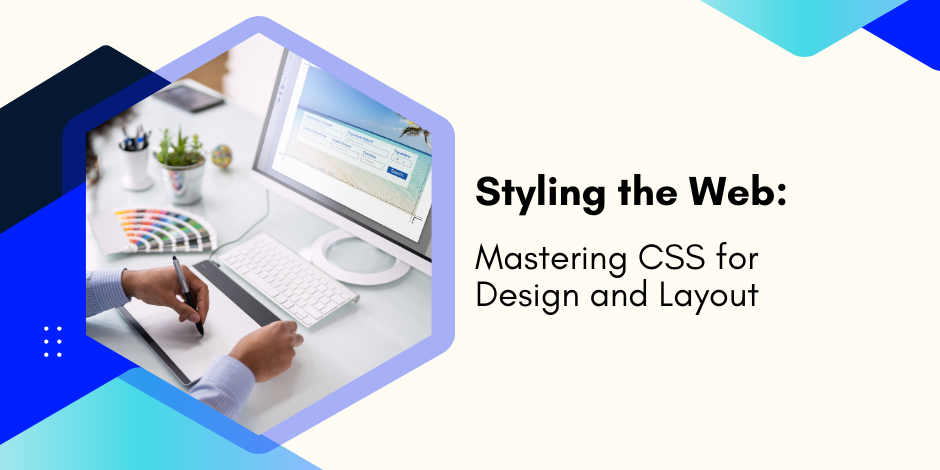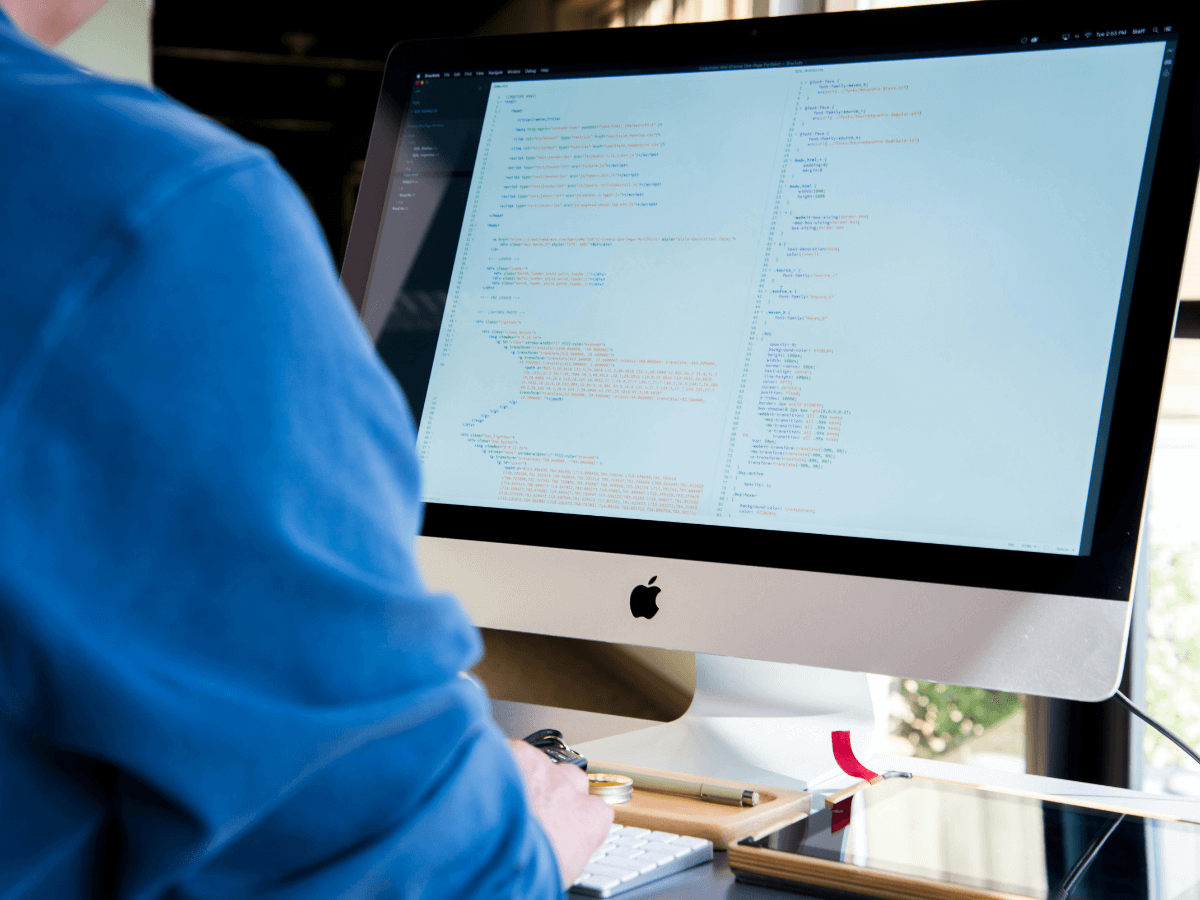Styling the Web: Mastering CSS for Design and Layout

Stay Informed With Our Weekly Newsletter
Receive crucial updates on the ever-evolving landscape of technology and innovation.
With the advent of the digital age, the internet has become a vast canvas for designers and developers.
One of the most powerful tools at their disposal is Cascading Style Sheets (CSS), a cornerstone technology for styling the web.
Mastering CSS for design and layout is fundamental for anyone looking to create visually stunning and functional websites.
Understanding the role of CSS in web design

CSS is a stylesheet language that describes the formatting and look of a document written in HyperText Markup Language (HTML).
It is primarily used to style user interfaces and web pages written in HTML and Extensible HyperText Markup Language.
The beauty of CSS lies in its ability to control the layout of multiple web pages all at once, making it a powerful tool for web designers and developers.
Mastering CSS for design and layout involves understanding how different CSS properties interact with HTML elements.
This includes knowledge of how to manipulate the box model, positioning, typography, colors, backgrounds, and transitions, among other things.
The more proficient you become in CSS, the more control you have over the visual presentation of your web pages.
Mastering CSS: Key concepts and techniques

Box model
At the heart of CSS layout is the box model.
Every element you see on a webpage can be considered a rectangular box.
This box model is a fundamental concept in CSS, as it dictates how elements stack up against each other, how they are sized, and how they interact with other elements on the page.
Mastering the box model involves understanding its four components: content, padding, border, and margin.
Each of these components plays a vital role in determining an element’s overall size and positioning.
A solid grasp of the box model is key to mastering CSS for design and layout.
Positioning
Positioning in CSS is a complex topic that involves understanding various properties such as position, top, right, bottom and left.
These properties allow you to control the placement and alignment of elements on your webpage.
Mastering positioning in CSS can help you create intricate layouts that are both visually appealing and user-friendly.
CSS has five types of positioning: static, relative, absolute, fixed, and sticky.
Each type has its unique characteristics and use cases.
Understanding when and how to use each type of positioning is a crucial aspect of mastering CSS for design and layout.
Typography
Typography is another important aspect of mastering CSS.
It involves using different properties to style text, including font-family, font-size, line-height, text-align, and text-decoration, among others.
Typography in CSS allows you to create text that is not only visually appealing but also easy to read and understand.
Good typography enhances the user experience by making content more accessible and enjoyable.
It also helps to convey your brand’s personality and tone of voice. Therefore, mastering typography in CSS is a crucial part of styling the web.
Advanced CSS Techniques for design and layout

Flexbox
Flexbox, or the flexible box layout, is a modern layout model in CSS.
It provides a more efficient way to align, distribute, and size elements within your web page, even when their size is unknown or dynamic.
Flexbox can simplify your CSS code and make layouts more flexible and responsive.
Flexbox consists of a parent container (the flex container) and its children (the flex items).
By setting the display property of the parent container to flex, you can control the alignment, order, and size of the flex items using various flex properties.
Using these properties is essential to mastering CSS, and it is key to leveraging the power of Flexbox in your CSS layouts.
Grid
Grid is another modern layout model in CSS that provides a two-dimensional grid-based layout system.
It is especially useful for creating complex web layouts that must be responsive and adaptive.
Mastering CSS means mastering Grid, which can give you greater control over your web layouts and make your CSS code more maintainable and scalable.
Like Flexbox, Grid also involves a parent container and its children.
However, Grid allows you to create columns and rows and place your items precisely where you want them in the grid.
Learning the various grid properties is essential to harnessing the full potential of Grid in your CSS layouts.
Conclusion
Mastering CSS for design and layout is a journey that involves understanding and applying a wide range of concepts and techniques.
From the box model and positioning to typography, Flexbox, and Grid, each aspect of CSS offers unique opportunities to enhance the visual presentation and functionality of your web pages.
With practice and persistence, you can become proficient in CSS and use it to create stunning, user-friendly web designs.
So, start your journey today and unlock the full potential of styling the web with CSS.
Ready to enhance your software engineering prospects?
Choose the Institute of Data’s Software Engineering program for flexible learning options and an in-depth, hands-on curriculum taught by industry practitioners.
We’ll get you job-ready with a supportive environment, extensive resources, and a network of like-minded professionals.
Want to learn more about our programs? Our local team is ready to give you a free career consultation. Contact us today!




